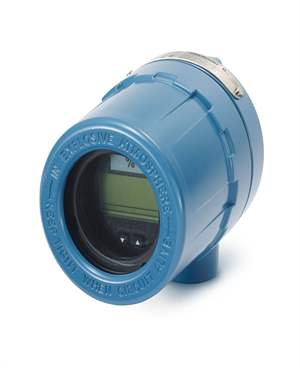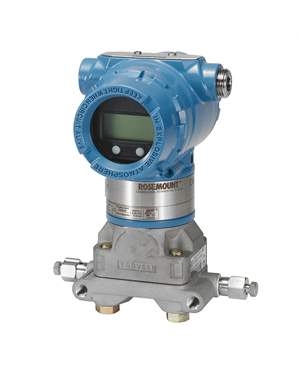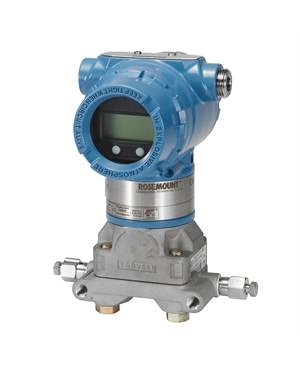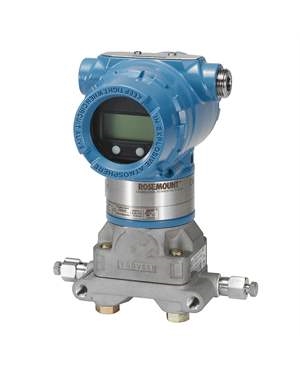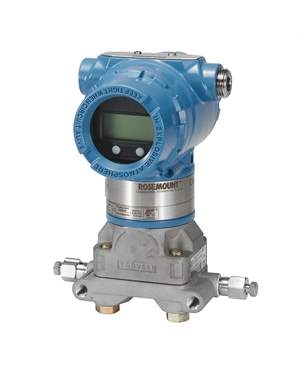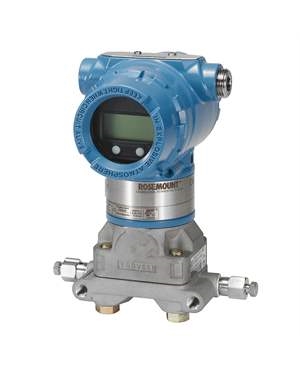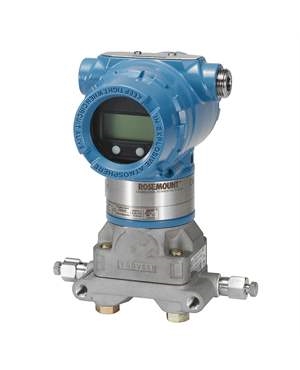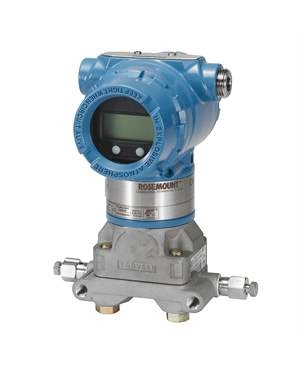What are the Advantages of Different Types of Level Measurement Transmitters?
Brian Craig
March 22, 2017
Accurate control of the liquid level in a reactor, tank, or other vessel is essential in several process applications. To ensure the profitability and safety of industrial processes, it is necessary that the vessel should be equipped with instruments that provide consistent and accurate level measurements. All level measurements include interaction between a sensing device, and a product inside a holding container. In the previous post, we discussed the working of different level measurement transmitters. This post will discuss their advantages.
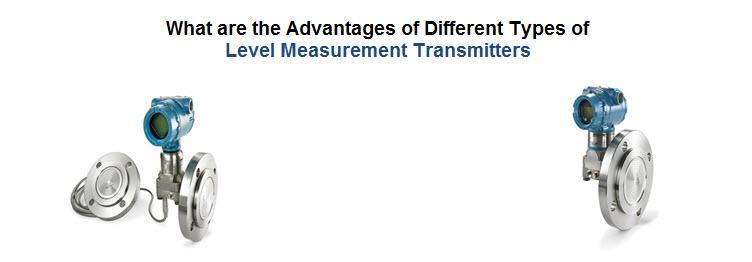
What are the Different Types of Level Transmitters?
There are different types of level measurement transmitters that can be used for level measurement:
1. Capacitance Level Transmitters: These transmitters work on the principle of variation of electrical capacitance of a capacitor formed by the sensor, the dielectric material, and vessel wall. The capacitor is made of two conductive plates, separated from each other by a dielectric. The change in capacitance is directly proportional to the liquid level. For this type of measurement, it is necessary to know the dielectric constant of the liquid. It is the most significant factor in level measurement application.
Advantages:
Capacitance level transmitters have following advantages:
- They are mechanically simple and have no moving parts.
- They require very less maintenance.
- They are resistant to turbulence.
2. Hydrostatic Level Transmitters: Hydrostatic level transmitters are cost-effective and loop-powered transmitters that measure the liquid level precisely and consistently. Their compact size is ideal for fitting into pipes with smaller sizes. Hydrostatic level measurement enjoys a high popularity because of its simple installation, high reliability, and high robustness.
Advantages of Hydrostatic Level Transmitters:
Following are some of the major advantages of hydrostatic level transmitters:
- Several alternative sensor technologies and design variations are available for almost every application
- Level measurement is not influenced by existing installed equipment and vessel geometry.
- They have a proven measuring principle with high reliability.
- The hydraulic level transmitters have direct contact with the medium.
- They provide robust measuring processes, which are unaffected by factors like vapor, contaminants, dust, buildup, foam, etc.
- The transmitters’ measurement is uninfluenced by characteristics like dielectric coefficient, conductivity, or viscosity.
3. Magnetic Level Transmitters: Magnetic level transmitters use a small, highly magnetic object, which is suspended in a buoyant float, inside a narrow auxiliary column to restrict the lateral movement of the float. The float rests on top of the liquid that is being measured, and a magnetic device tracks the movement of the float. This helps a user to read the current fill level. This method is useful for continuous measurement, since the float will sink or rise depending on the liquid level in the tank. However, it will only work if the tank, auxiliary column, and float are made of non-magnetic materials.
Advantages
Here are some of the advantages of magnetic level transmitters:
- Can be easily retrofitted into current level chambers
- Easy process takeoffs with less connections
- It continues to operate even in an event of electrical power failure
- Gauge, transmitter, and switches use the same hardware/float
- Transmitter and switches can be calibrated while the system is still online
- Ease of mounting
4. Radar Fill Level Transmitters: These transmitters use radio wave emissions. Usually, radar fill level transmitters are mounted at the top of a tank filled with a liquid. The transmitter sends a radar signal into the liquid and receives a reflection of the signal in return. These transmitters then assess the current fill level of the tank depending upon the time taken by the transmitted signal to return. If the time required to receive the signal is more, then it means that the distance between the sensor and the liquid is more. This points to the conclusion – the liquid level in the container is less.
Advantages:
Based on the application, radar fill level transmitters have several advantages, such as:
- It provides accurate readings
- It has minimal contact with the substance being measured
- It has ease of installation and accessibility
5. Ultrasonic Fill Level Transmitters: An ultrasonic fill level transmitter operates similar to a non-contact radar fill level transmitter. An ultrasonic transducer, which is typically mounted at the top of a container, sends out an ultrasonic pulse. This pulse hits the surface of the liquid, and gets reflected. The sensor assesses fill level depending upon the time between the sent and the received signal. As the speed of sound can vary based on the gas mixtures present, it is significant to note what gases are present in the tank while using ultrasonic fill level measurement technology.
Advantages:
Following are some of the advantages of using an ultrasonic fill level transmitter:
- It can measure level without making any physical contact with the substance being measured.
- The precision of the reading remains unchanged even after alterations in the chemical composition.
6. Liquid level transmitters :
As the name suggests, their primary task is measuring the level of liquid in a container. These pressure transmitters feature an impulse tube as well as differential pressure transducers. At the primary level, a liquid pressure transmitter measures the liquid’s head pressure at the reservoir. The pressure thus measured is transmitted to the impulse tube, which in turn, transmits it to the differential pressure transducer. It is then converted into a readable signal. The following beneficial features of these transmitters have contributed to their immense popularity across industries:
- The devices are easy to set up.
- They are equipped with impulse tubes made of 316 SS.
- Liquid level transmitters assure accurate DP measurement.
- They are suited for a broad range of industrial applications.
These are the different types of transmitters used for level measurement in different applications. The type of the transmitter used depends on the application for which it is used. There are a number of manufacturers, which design different transmitters based on applications. For all your queries or requirements regarding transmitters, you can get in touch with experts in the field.
Related Posts
- What are the Advantages of Different Types of Level Measurement Transmitters?
- Types of Level Measurement Transmitters & How Do They Work?
- How to Choose Between a Level Transmitter and Level Switch?
- Radar Level Transmitters: Setup and Working Principle
- Radar Level Transmitters: Types & Industrial Applications
- Radar Level Transmitter Vs Ultrasonic Level Transmitter – Know the Real Difference
- Know How Guided Wave Radar Level Transmitters Work
- Level Monitoring Solutions for Molten Metal Applications
- Industrial Instruments in Nuclear Power Plant Safety
- Steam Boiler Drum Level Measurement A Comparison of Control System Technologies
- Furnace Flame Sensor Faults Everything You Need to Know for Safe Operation
- Comparison between Multi Valve Manifolds Block Valves and Bleed Valves
- Understanding Electrochemical Detection: Principles, Techniques and Environmental Application
- How Can Greenhouse Gas Emissions Be Reduced?
- Furnace Flame Sensor Faults Everything You Need to Know for Safe Operation
- Understanding Electrochemical Detection: Principles, Techniques and Environmental Application
- How Can Greenhouse Gas Emissions Be Reduced?
- Pneumatic Pressure Controllers: A Safe Choice for Hazardous Areas
- A Practical Guide to Vacuum Measurement and Operation
QUICK ENQUIRY
